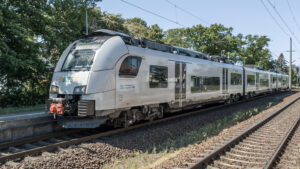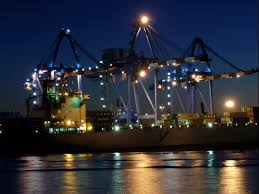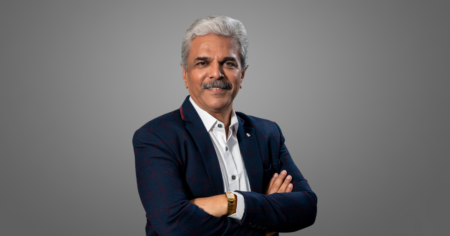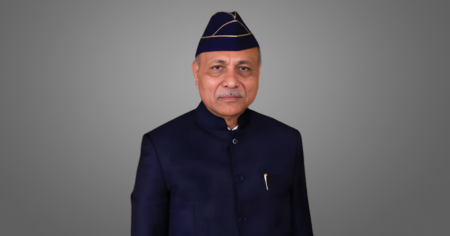Rising heat and e-commerce are reshaping India’s cold chain. Bharat Kumar Sawnani, Director, G.D. Foods, shares sustainable, tech-driven strategies for FMCG logistics.

Global benchmarks offer vital cues for India
With climate shifts and digital disruption redefining demand, India’s cold chain is at a crossroads. Bharat Kumar reveals how FMCG players can turn vulnerabilities into strategic advantages.
Rising heat, rising challenges
India’s average temperature is set to climb by 1.5°C to 3.0°C by 2050, putting immense stress on cold storage and transport systems. Nearly 35 percent of perishable food is wasted annually, translating into a staggering $11 billion loss. Much of this waste stems from fragile storage and transport networks, particularly in rural areas, compounded by frequent power outages that disrupt refrigeration systems. Energy expenses alone contribute up to 50 percent of cold chain costs. While solar-powered solutions show promise, their high capital requirement hinders widespread adoption. Urban congestion and rural inaccessibility further amplify the risk of temperature breaches during last-mile deliveries.
Layered strategies
To counter these risks, FMCG companies are embracing a layered defense strategy. IoT-based real-time sensors allow continuous temperature monitoring, enabling swift intervention when deviations occur. Predictive analytics and AI now help forecast system failures and optimise delivery routes—cutting cold chain losses by up to 30 percent. Renewable energy solutions like solar and wind-powered cold units reduce energy costs by 40 percent, especially in off-grid locations. Backup power via diesel gensets or lithium-ion batteries ensures reliability during outages, while energy-efficient infrastructure trims power consumption by 15–25 percent. Smart logistics platforms and rigorous staff training further bolster resilience across the value chain.
Conquering the last mile
The last leg remains the most vulnerable. To combat temperature risks during last-mile delivery, companies are deploying PCM-insulated boxes and refrigerated vans, keeping goods fresh for 8–12 hours without electricity. Battery-powered cold boxes on two-wheelers now penetrate hard-to-reach rural regions, while decentralised cold storage hubs cut spoilage by 20 percent. IoT integration and AI-powered route optimisation are transforming last-mile efficiency, shortening delivery times by up to 25 percent.
Global best practices
Global benchmarks offer vital cues for India. European-style solar-powered cold storage units and standardised HACCP protocols can enhance reliability. Blockchain for traceability and AI-driven predictive maintenance are fast becoming mainstream. ASEAN’s shared infrastructure models reduce costs for SMEs, while sustainability-led practices such as reusable packaging and passive cooling align perfectly with ESG mandates.
Agile commerce
With e-commerce and q-commerce booming, FMCG cold chains are being reimagined. Urban dark stores and micro-fulfilment centres bring inventory closer to consumers, enabling 10–30-minute deliveries. Battery-operated EVs and refrigerated two-wheelers ensure freshness at the last mile. Strategic partnerships with platforms like Zepto and Blinkit, alongside packaging innovations and SKU rationalisation, are helping brands stay fast, fresh, and future-ready.
In a warming world, it’s not just about cold storage—it’s about smart, sustainable, and scalable solutions.











